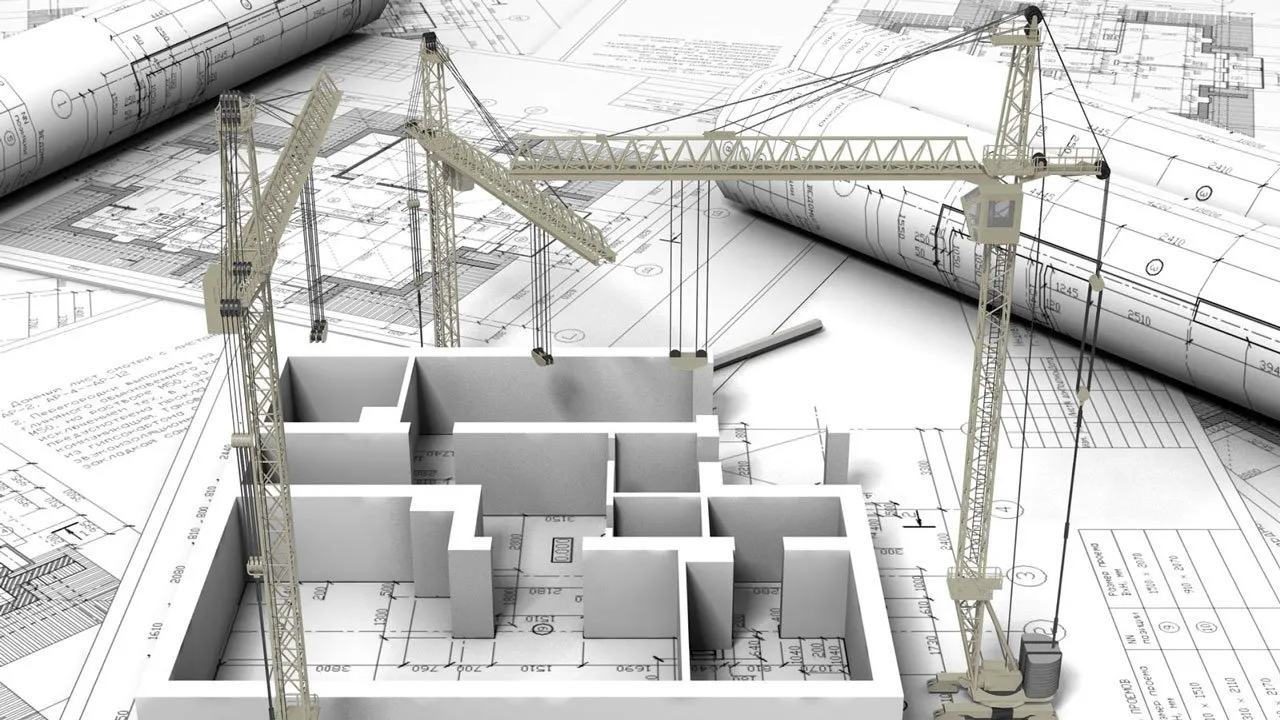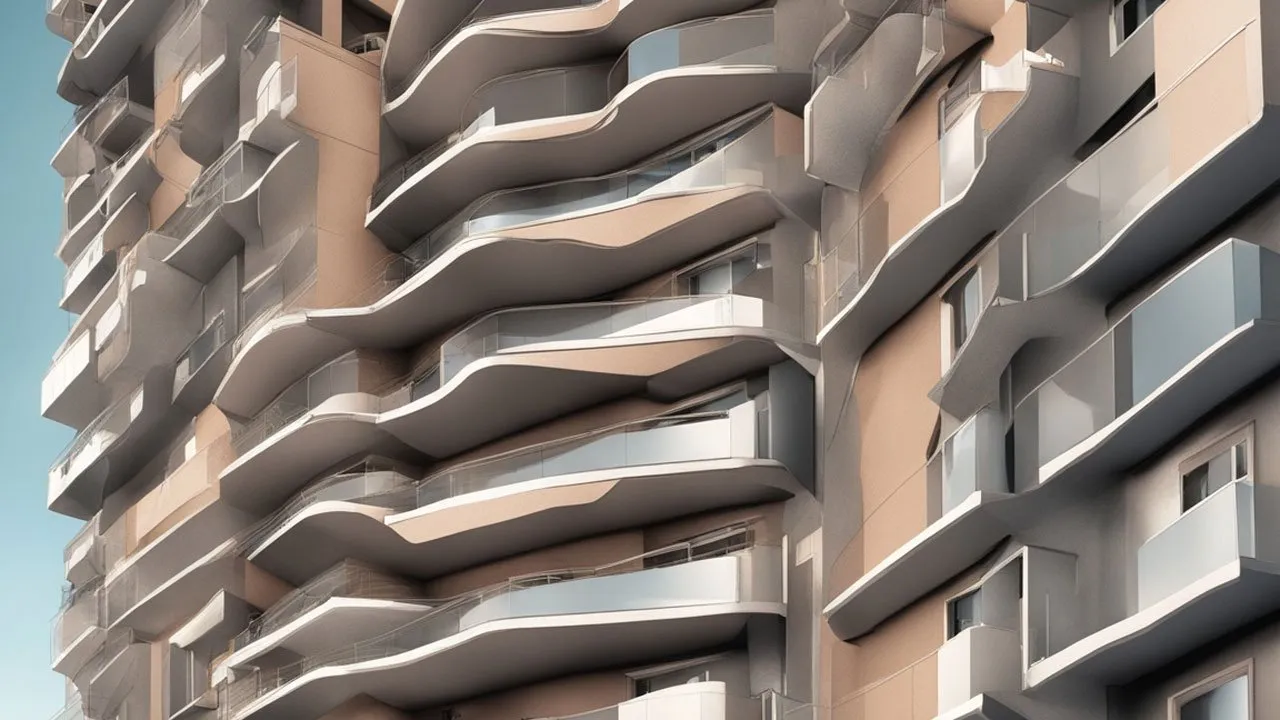Exploring the architecture and exterior design,

What are some key elements of architectural design? Some Key elements of architectural design include:
Some key elements of architectural design include:
Form: The overall shape and structure of a building, including its massing, proportions, and geometry.
Space: The arrangement and organization of interior and exterior spaces, including the flow and circulation of people within the building.
Function: The purpose and intended use of the building, which influences the layout and arrangement of spaces to meet the needs of its occupants.
Materials: The selection and use of appropriate materials, such as concrete, steel, glass, wood, or brick, which contribute to the aesthetics and performance of the building.
Light: The integration of natural and artificial lighting to create a visually appealing and functional environment, as well as to enhance the mood and atmosphere of the spaces.
Context: The consideration of the surrounding environment, including the site, climate, culture, and historical context, to ensure the building harmonizes with its surroundings.
Sustainability: The incorporation of sustainable design principles, such as energy efficiency, use of renewable materials, and integration of green spaces, to minimize the environmental impact of the building.
Technology: The integration of technological advancements, such as smart building systems, automation, and energy management, to enhance the functionality and efficiency of the building.
These elements work together to create a well-designed and functional building that meets the needs of its users while also considering aesthetic, environmental, and cultural factors
How can technology be integrated into architectural design to enhance functionality?
Technology can be integrated into architectural design in several ways to enhance functionality:
Smart Building Systems: Smart building systems use advanced technologies such as sensors, actuators, and data analytics to automate and optimize various building functions. These systems can control lighting, heating, ventilation, air conditioning (HVAC), security, and other building systems, improving energy efficiency, comfort, and convenience.
Building Automation: Automation technologies can be used to control and monitor various building processes, such as lighting, temperature, and security, through centralized control systems. This allows for efficient management and operation of the building, reducing energy consumption and improving occupant comfort.
Energy Management: Technology can be used to monitor and manage energy usage within a building. Energy management systems can track energy consumption, identify areas of inefficiency, and provide recommendations for energy-saving measures. This helps reduce energy costs and environmental impact.
Building Information Modeling (BIM): BIM is a digital representation of a building that includes its physical and functional characteristics. BIM software allows architects, engineers, and contractors to collaborate and coordinate their work more effectively. It enables better visualization, analysis, and simulation of building performance, leading to improved design decisions and construction processes.
Virtual Reality (VR) and Augmented Reality (AR): VR and AR technologies can be used to create immersive experiences and simulations of architectural designs. They allow architects and clients to visualize and experience the building before it is constructed, making it easier to understand and evaluate design choices.
Internet of Things (IoT): IoT technologies enable the connection and communication of various devices and systems within a building. This can include smart sensors, wearable devices, and mobile applications that provide real-time data and control over building functions. IoT can improve occupant comfort, safety, and operational efficiency.
Sustainable Design: Technology plays a crucial role in implementing sustainable design strategies. Energy-efficient lighting systems, renewable energy sources, water-saving fixtures, and smart controls can be integrated into the building design to reduce environmental impact and promote sustainability.
By integrating technology into architectural design, buildings can become more efficient, comfortable, and sustainable, meeting the evolving needs of occupants and contributing to a better built environment.
Sources:
Architectural Design and Technology Integration
[Technology in Architecture: Advancements in Building Design and Construction](https://www.archdaily.com/944576/technology-in-architecture-advancements-in-building-design-and-construction
What are the benefits of integrating technology into architectural design?
Integrating technology into architectural design offers several benefits:
Improved Energy Efficiency: Technology can optimize energy usage in buildings by monitoring and controlling energy-consuming devices. Smart building systems and energy management systems can adjust lighting levels, HVAC systems, and other equipment based on occupancy and environmental conditions, leading to reduced energy waste and lower energy costs.
Enhanced Functionality: Technology can enhance the functionality of buildings by automating various systems. Smart building systems can control lighting, HVAC, security, and access control, improving comfort and convenience for occupants. Building Information Modeling (BIM) allows for better coordination and collaboration among architects, engineers, and contractors, leading to more efficient design and construction processes.
Sustainable Design: Technology enables architects to incorporate sustainable design principles into their projects. Energy management systems can integrate renewable energy sources, such as solar panels or wind turbines, to generate clean energy for the building. BIM software can analyze building performance and optimize design elements for energy efficiency. By integrating technology, architects can create more environmentally friendly and sustainable buildings.
Enhanced User Experience: Technology can enhance the user experience within buildings. IoT devices can provide real-time information on occupancy, environmental conditions, and equipment performance, allowing for personalized and responsive building environments. Virtual Reality (VR) and Augmented Reality (AR) technologies can create immersive experiences and help users visualize design concepts, leading to better-informed decision-making and improved user satisfaction.
Cost Savings: Integrating technology into architectural design can lead to cost savings in the long run. Energy management systems can reduce energy costs by optimizing energy usage. BIM software can detect clashes or conflicts in design, preventing costly rework during construction. Smart building systems can automate maintenance processes, enabling predictive maintenance and reducing downtime and repair costs.
Overall, integrating technology into architectural design offers numerous benefits, including improved energy efficiency, enhanced functionality, sustainable design, enhanced user experience, and cost savings. These benefits contribute to creating buildings that are more efficient, sustainable, and user-friendly




